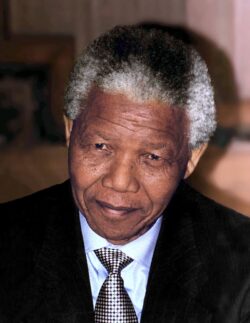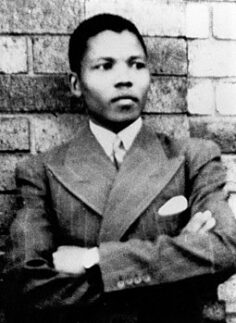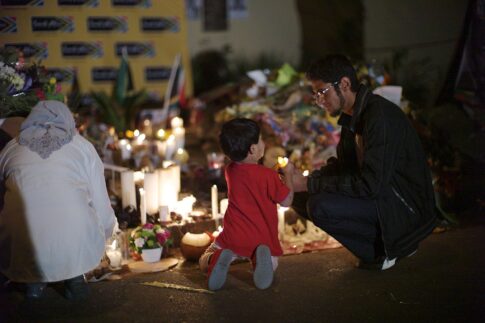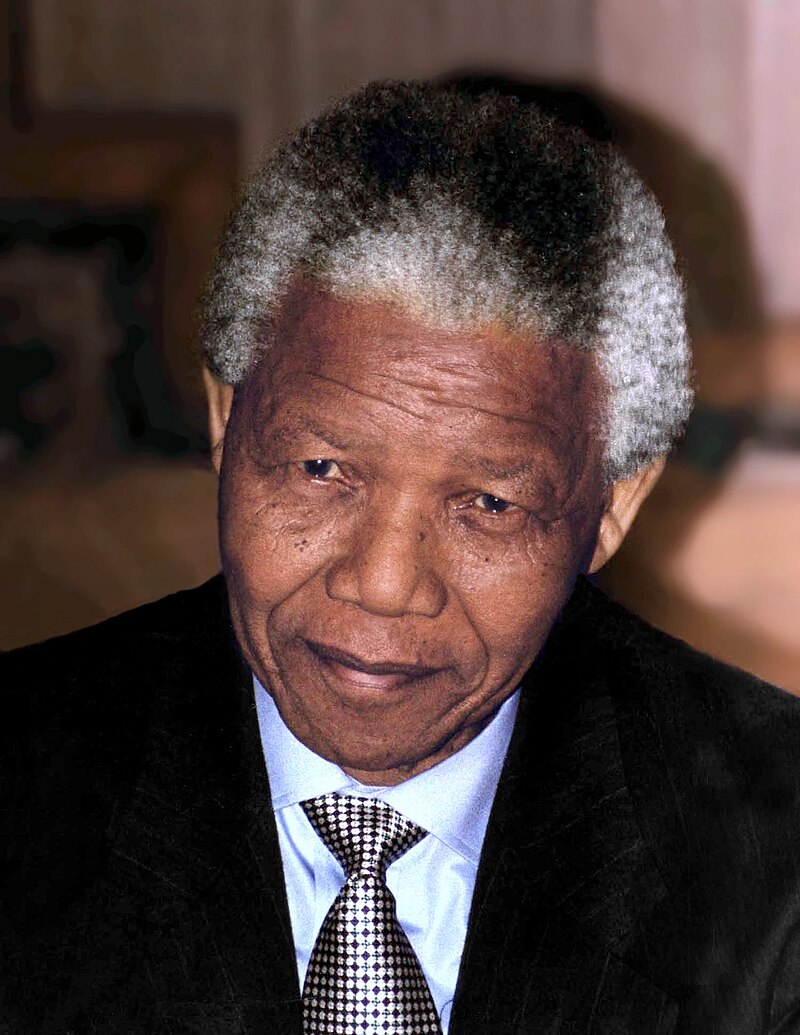Nelson Mandela: A Biography
Birth
 Nelson Rolihlahla Mandela was born on July 18, 1918, in the village of Mvezo, in the Eastern Cape province of South Africa. He was born into the Madiba clan, a Xhosa-speaking tribe. His father, Gadla Henry Mphakanyiswa, was a chief, and his mother, Nosekeni Fanny, was the third of his father’s four wives.
Nelson Rolihlahla Mandela was born on July 18, 1918, in the village of Mvezo, in the Eastern Cape province of South Africa. He was born into the Madiba clan, a Xhosa-speaking tribe. His father, Gadla Henry Mphakanyiswa, was a chief, and his mother, Nosekeni Fanny, was the third of his father’s four wives.
Schooling
Mandela’s journey toward becoming a global icon of peace and reconciliation began in his youth. He attended primary school in Qunu, where he was given the name “Nelson” by his teacher, as was the custom to give students English names. He later attended Clarkebury Boarding Institute and Wesleyan College to pursue his high school education. In 1939, he enrolled at the University of Fort Hare, where he studied law but did not complete his degree due to his involvement in student protests.
Mandela moved to Johannesburg in 1941 to evade an arranged marriage and pursue a law degree at the University of Witwatersrand. There, he became increasingly involved in the anti-apartheid movement, joining the African National Congress (ANC) in 1944.
Career 
In 1948, the National Party came to power in South Africa and began implementing apartheid policies, which institutionalized racial segregation and discrimination. Mandela became deeply involved in the resistance against apartheid, leading campaigns of nonviolent protest. However, as the government intensified its repression of the anti-apartheid movement, Mandela, along with other ANC leaders, concluded that peaceful resistance was not enough to bring about change.
Struggle
In 1961, Mandela co-founded Umkhonto we Sizwe (MK), the armed wing of the ANC, to engage in sabotage against government installations. In 1962, he was arrested and sentenced to five years in prison for incitement and leaving the country illegally. While serving this sentence, he was charged with sabotage and conspiracy to overthrow the government during the Rivonia Trial and sentenced to life imprisonment.
Struggle for Freedom
Mandela spent 27 years in prison, much of it on Robben Island. Despite harsh conditions and isolation, he remained a symbol of resistance to apartheid. Throughout his imprisonment, both domestically and internationally, there were growing calls for his release, which became a focal point of the anti-apartheid movement.
In 1990, after intense international pressure and internal reforms in South Africa, President F.W. de Klerk announced Mandela’s release. Mandela emerged from prison as a leader committed to reconciliation and negotiation. He worked closely with de Klerk to dismantle apartheid and establish multiracial elections.
Father of Nation
In 1994, South Africa held its first democratic elections, and Mandela was elected as the country’s first black president. During his presidency, Mandela focused on national reconciliation, dismantling the legacy of apartheid, and promoting social justice and equality. He established the Truth and Reconciliation Commission to address the atrocities of apartheid and promote healing.
Death

After stepping down as president in 1999, Mandela remained active in promoting peace, human rights, and social justice through his charitable foundation, the Nelson Mandela Foundation. He continued to be a global advocate for peace and reconciliation until his death on December 5, 2013, at the age of 95.
Nelson Mandela’s legacy as a statesman and peacemaker continues to inspire people worldwide. He received numerous honors, including the Nobel Peace Prize in 1993, and his life story remains a symbol of the power of forgiveness, reconciliation, and the triumph of the human spirit over adversity.
Referance : Wikipedia

